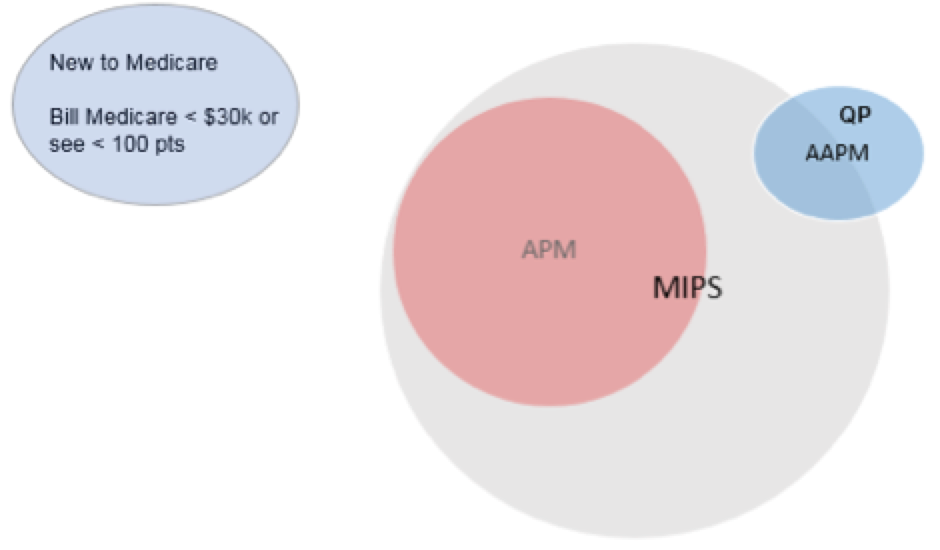 The annual two-week slump in office productivity comes to a close tonight as the Madness known as the NCAA men’s college basketball tournament crowns its champion. Over the last 19 days we’ve seen plenty of heartache as teams come and go. First there was Northwestern, in the tournament for the first time in school history. Yes, they won their first game (in large part due to a critical error by an opposing player who lost track of the score in the closing seconds), but heartbreak ensued when a bad call in the next game led the Northwestern coach to explode in technical-foul fashion. Or how about those Badgers from Wisconsin? This senior-laden team who had come up short in the championship game two years ago appeared destined to move on to the next round, when disaster in the form of a circus 3-point shot abruptly ended their run. But the greatest disappointment is perhaps bestowed upon the Kentucky Wildcats who, playing in the toughest region, saw their season end in a hauntingly familiar fashion (think last second shot by a tall Caucasian man from the ACC wearing a blue-and-white jersey adorned with the number 32). For better or worse, the tournament always produces winners and losers, a sort of zero-sum game that leaves one team standing at the end of the season.
The annual two-week slump in office productivity comes to a close tonight as the Madness known as the NCAA men’s college basketball tournament crowns its champion. Over the last 19 days we’ve seen plenty of heartache as teams come and go. First there was Northwestern, in the tournament for the first time in school history. Yes, they won their first game (in large part due to a critical error by an opposing player who lost track of the score in the closing seconds), but heartbreak ensued when a bad call in the next game led the Northwestern coach to explode in technical-foul fashion. Or how about those Badgers from Wisconsin? This senior-laden team who had come up short in the championship game two years ago appeared destined to move on to the next round, when disaster in the form of a circus 3-point shot abruptly ended their run. But the greatest disappointment is perhaps bestowed upon the Kentucky Wildcats who, playing in the toughest region, saw their season end in a hauntingly familiar fashion (think last second shot by a tall Caucasian man from the ACC wearing a blue-and-white jersey adorned with the number 32). For better or worse, the tournament always produces winners and losers, a sort of zero-sum game that leaves one team standing at the end of the season.
This year MACRA brings us the new Quality Payment Program, a bit of a zero-sum game as well. By design, the QPP will have winners and losers. As Acumen blog readers, it’s our intent to ensure you are on the right side of that ledger. With this year’s college hoops tournament soon to be no more than “one shining moment”, let’s review how to avoid becoming a bad MACRA memory.
Round one
The first order of business is to determine where you sit in the Venn diagram below:
If you find yourself in the bubble upper left, you can stop reading this post and get ready for tonight’s game. For the rest of you, the principle question is, “Am I in an Alternative Payment Model (APM)?” Ignore for the moment the distinction between a MIPS APM (pink circle above) and an Advanced APM (blue oval above). If you are in an APM this year, you are almost certainly going to land on the right side of the QPP game in 2017. In a MIPS APM, your MIPS score will be identical to the MIPS score recorded by every other doc in the APM. There’s no additional quality to report, and in many instances simply participating in the APM will generate a Clinical Improvement score. The only question in front of you is do you wish to strive for more this year? If you wish to overachieve, you need to pursue the Advancing Care Information objectives. But remember, at the end of the day your ACI contribution to your MIPS score depends on the ACI performance of the other docs in the APM, so it’s not exactly under your control.
What about the small minority of you who find yourselves in an Advanced APM (like an ESCO) this year? Your fate rests upon the elusive Qualifying Participant (QP) calculation. Remarkably, entering the 4th month of this new program, we still do not know with precision how CMS intends to calculate this important figure. Having said that, the year 1 and 2 hurdles are so low, that based on what we are hearing, it would shock me and everyone close to this flame if Advanced APM participants do not clear this bar in 2017 and 2018 (but I would certainly like to see the calculation in black and white).
Round 2
If you are not in the bubble upper left and you are not in one of the APM bubbles above, you are where most nephrologists find themselves this year—you need to run the MIPS gauntlet without the benefit of an APM. Fortunately, as we’ve mentioned in this blog before, you get a free pass of sorts this year. To avoid being on the losing side of the QPP game, you must choose one of the following paths this season:
- Submit a single quality measure or a single Improvement Activity or meet the base ACI requirements—AKA the “easy button”. You won’t collect a bonus, but importantly you will avoid the 4% haircut in 2019.
- Go part way, submit MIPS data for 90 days and you will receive partial credit and be rewarded with a small bonus in 2019. Many practices may choose this path as a dry run of sorts, gaining valuable experience for the years ahead.
- Make a full run at MIPS this year (hopefully you’ve already started). This option not only provides the practice experience mentioned in option 2, but it’s your only shot at the maximum bonus in 2019.
Importantly, each of these options keeps you out of hot water in 2019. Sticking your head in the sand and ignoring the QPP this year will result in a 4% haircut in 2019. While some practices I have spoken to will overtly make this choice in 2017, others will face a bit of MACRA Madness when they unexpectedly see their Medicare reimbursement fall in 2019.
Round 3
In many respects we should view 2017 as a trial run. The easy button referenced above gives us all a chance to test the waters without going all in, while options 2 and 3 will provide you and your practice with valuable experience for the future. If you are not in an APM, 2018 will be a bit more challenging. As it stands today, absent APM air cover, you will face the full gamut of MIPS in 2018. And as we’ve noted before, the MACRA financial stakes continue to climb in each of the first four years of the program. Of course the new administration could have something to say about this (much can happen in a 140-character tweet), but the signals emerging from inside the Beltway suggest we are in this for the long haul. As you make your QPP choices for 2017, do so with an eye on next season.
Cutting down the nets
We are now 3 months into the most monumental change physician reimbursement has seen in a generation. In my travels around the country, I remain amazed by the general lack of MACRA understanding that pervades our specialty. As Acumen blog readers, I am confident you are on the right path to successfully navigate the MACRA Madness. Spread the word and let as many of your colleagues know what’s coming so few end up on the short end of the QPP stick. And for college hoops fans out there, enjoy the game tonight!
 Terry Ketchersid, MD, MBA, practiced nephrology for 15 years before spending the past seven years at Acumen focused on the Health IT needs of nephrologists. He currently holds the position of Chief Medical Officer for the Integrated Care Group at Fresenius Medical Care North America where he leverages his passion for Health IT to problem solve the coordination of care for the complex patient population served by the enterprise.
Terry Ketchersid, MD, MBA, practiced nephrology for 15 years before spending the past seven years at Acumen focused on the Health IT needs of nephrologists. He currently holds the position of Chief Medical Officer for the Integrated Care Group at Fresenius Medical Care North America where he leverages his passion for Health IT to problem solve the coordination of care for the complex patient population served by the enterprise.
Image from www.canstockphoto.com





Leave a Reply